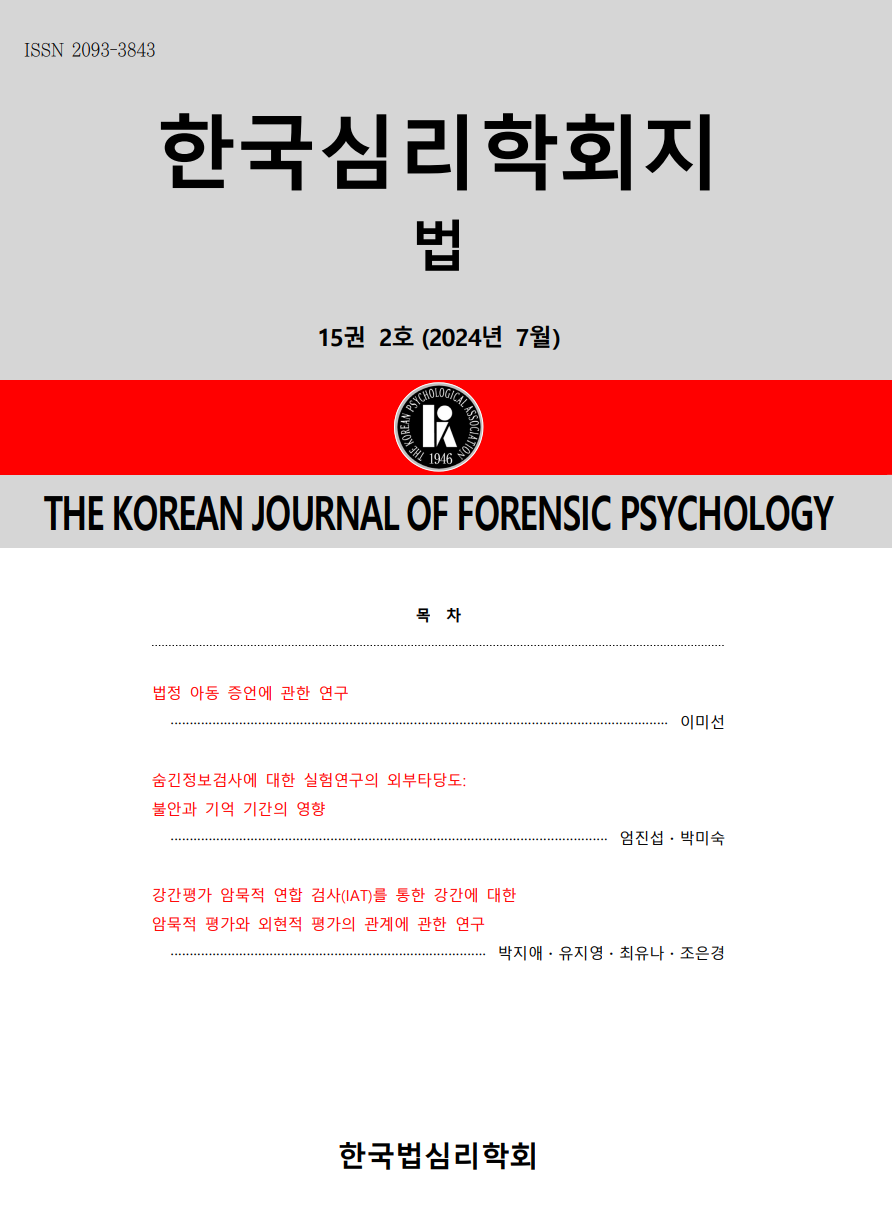open access
메뉴
open access
메뉴 ISSN : 2093-3843
ISSN : 2093-3843
We use language to define laws and norms which serve to keep our society safe. However, the people who are to obey the laws, are often reported in studies to experience difficulties in understanding the meaning of the laws because of legal jargon and expressions. The courts in the United States and the EU nations have long been aware of such difficulties that the general public faces, and have sought to promote a greater understanding of legal texts These efforts have recently started in Korea as well. This study was performed in order to investigate the effectiveness of these various attempts to write more readable legal texts both in Korea and abroad. We compared ‘written judgments including legal terms and legal sentences’ and ‘scientific and artistic texts including jargons’ in 6 areas: ‘clarity of the issue’, ‘brevity’, ‘ease of understanding the content’, ‘ease of understanding the terms’, ‘suitability of the length of the sentences’, and ‘suitability of the length of paragraphs’, for the college students. The results showed that the attempts to improve legal terms and legal sentences were effective; however, the subjects still viewed the suitability of the length of sentences and paragraphs as inferior to other texts. Therefore, more systematic and specific improvements need to be made in this area, and we should conduct empirical studies in order to verify the effectiveness of these changes. Possible suggestions were proposed in the general discussion.
교육과학기술부 (2008). 고등학교 교육과정 해설.
국회제출법안처리현황 위원회, 알기쉬운 법령 만들기 사업관련 통계 (2014년 9월30일기준).
김광해 (2000). 우리나라 판결문의 텍스트성에 대한 연구, 텍스트언어학: 제8집, p. 271-297.
김기선 (2006). 알기 쉬운 법령 만들기 사업 및 정비기준 2007 중 법령 용어와 문장에대한 국민 인식 조사, p. 1.
김문현 (2005). 헌법분야의 법률용어 및 법률문장의 문제점과 개선방향. 법학논집: 제9권 제2호, p. 1-26.
김종두 (2000), 민사소송법개정법률안 검토보고, p. 19.
김현희 (2012), 법령 및 행정용어를 알기 쉽게정비하는 외국 사례 연구, 법제처.
대법원 1991. 2. 7. 송무심의 제9호, 대법원1998. 8.20. 송무심의 0410-132.
레드 로델, 이승훈 역 (1939/2014). 저주받으리라, 너희 법률가들이여, 후마니타스, p. 189.
박영도, 최성근, 손희두 (2001), 법률문화 및 법률용어에 관한 국민여론조사, 한국법제연구원.
박우동 (1981). 민사재판에 있어서의 본인소송과 그 문제점, 한국사법 행정학회 / 사법행정, p. 91.
배종대 (1995), 형법총론 개정판, 홍문사, p. 40-51.
보그란데, 드레슬러 저. 김태옥, 이현호 공역 (1982/1995). 텍스트 언어학 입문. 한신문화사.
사법연감 (2012). 법원행정처.
사법연수원 (2006). 새로운 판결서 작성방식, p. 11.
오경미 (2010). 법관세미나 간결한 민사판결서를위한 체제와 문장 재판이론과 실무(1), 사법연수원.
이은희 (2009). 텍스트에 대한 국어 교육적 접근 방향, 텍스트언어학, p. 38.
이형근 (2007). 미국의 본인소송의 증가와 대응방안 연구, 법조: 제56권 제1호, p. 290-304.
이훈동, 이주일 (2004). 현행관련 법령상의 법령용어 및 문자의 문제점과 개선방향에 대한연구. 한국법제연구원, p. 9.
장소원 (2009). 법률 텍스트 문장의 문법성, 텍스트언어학: 제27집, p. 1-29.
카우프만 아서, 심헌섭 (1984). 서울대학교법학: 58․59合, p. 203-216 (p. 206 재인용).
한국법제연구원 (2000). 법령순화정비사례(1).
한국법제연구원 (2002). 법령용어 및 문장구조의문제점과 개선방안.
한국법제연구원 (2007). 알기 쉬운 법령 만들기정비기준 보완방안 연구.
Berent, Irwin (2010). Background: Plain Writing Legislative History, 2007-2010, Plain Writing Association. Retrieved from http://www. plainlanguage.gov/plLaw/.
Joseph, K. (1994-1995). Answering the Critics of Plain Language, The Scribes Journal of Legal Writing: Vol. 5, 53-60.
http://www.hani.co.kr/arti/society/society_general/245151.html 배심원 설문조사 분석 (2007.9.10. 시행 국민참여재판 모의재판, 사법정책실)
http://www.yonhapnews.co.kr/society/2014/04/12/0702000000AKR20140412016600004.HTML